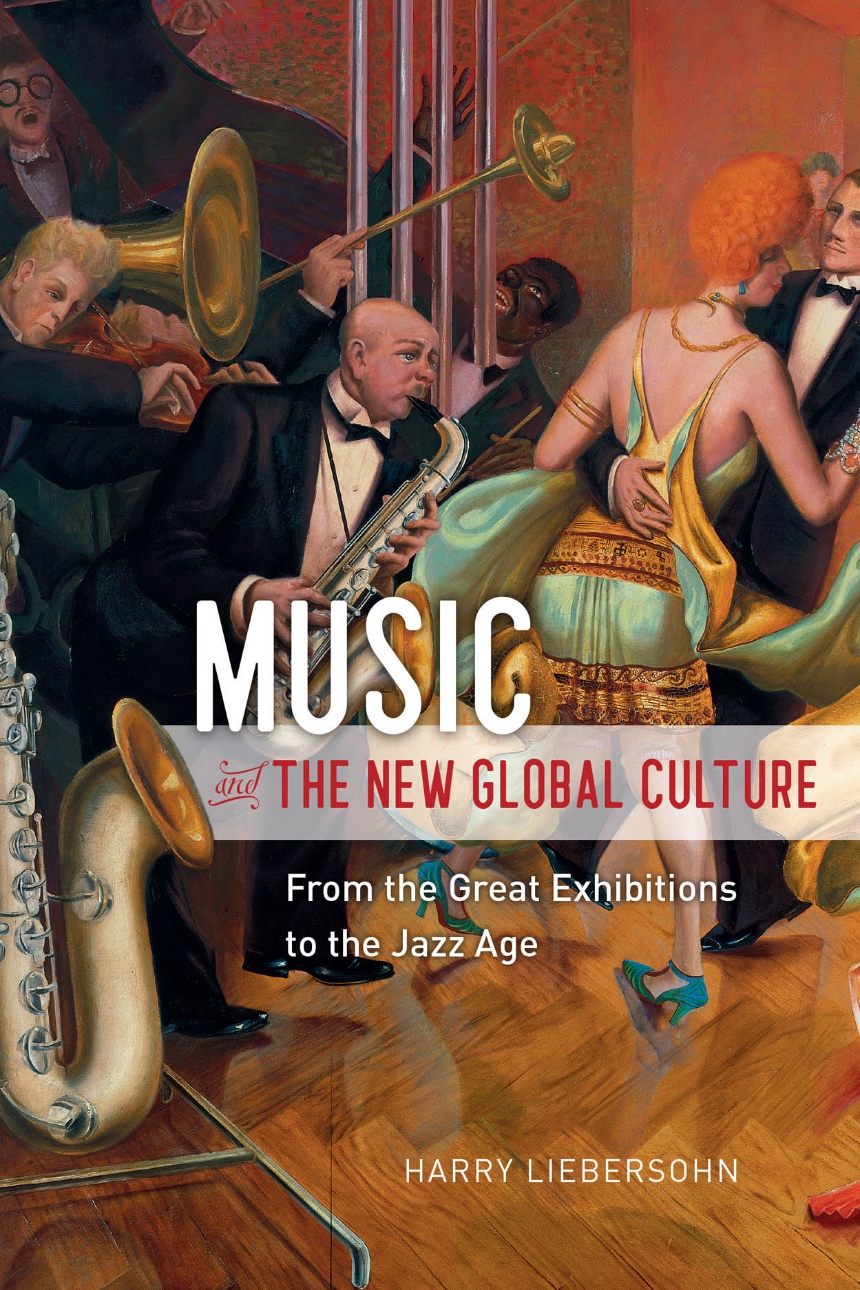Music and the New Global Culture
From the Great Exhibitions to the Jazz Age
9780226649276
9780226621265
9780226649306
Music and the New Global Culture
From the Great Exhibitions to the Jazz Age
Music listeners today can effortlessly flip from K-pop to Ravi Shankar to Amadou & Mariam with a few quick clicks of a mouse. While contemporary globalized musical culture has become ubiquitous and unremarkable, its fascinating origins long predate the internet era. In Music and the New Global Culture, Harry Liebersohn traces the origins of global music to a handful of critical transformations that took place between the mid-nineteenth and early twentieth century. In Britain, the arts and crafts movement inspired a fascination with non-Western music; Germany fostered a scholarly approach to global musical comparison, creating the field we now call ethnomusicology; and the United States provided the technological foundation for the dissemination of a diverse spectrum of musical cultures by launching the phonograph industry. This is not just a story of Western innovation, however: Liebersohn shows musical responses to globalization in diverse areas that include the major metropolises of India and China and remote settlements in South America and the Arctic. By tracing this long history of world music, Liebersohn shows how global movement has forever changed how we hear music—and indeed, how we feel about the world around us.
336 pages | 1 line drawing, 3 tables | 6 x 9 | © 2019
History: European History, General History, History of Ideas
Music: General Music
Reviews
Table of Contents
Introduction
PART I CRAFT
1 A German Connoisseur in Cosmopolitan England
2 An English Craftsman Discovers World Music
PART II SCIENCE
3 Sound in Historical Time
4 Scales around the World
5 Is It Noise, or Is It Music?
6 Music’s Global Archive
PART III COMMERCE
7 Phonographs around the World
8 Americans Abroad: Innocents and Transnationals
9 A Global Empire of Sound
10 Commerce versus Culture
Conclusion
Acknowledgments
Notes
Further Reading
Index
PART I CRAFT
1 A German Connoisseur in Cosmopolitan England
2 An English Craftsman Discovers World Music
PART II SCIENCE
3 Sound in Historical Time
4 Scales around the World
5 Is It Noise, or Is It Music?
6 Music’s Global Archive
PART III COMMERCE
7 Phonographs around the World
8 Americans Abroad: Innocents and Transnationals
9 A Global Empire of Sound
10 Commerce versus Culture
Conclusion
Acknowledgments
Notes
Further Reading
Index
